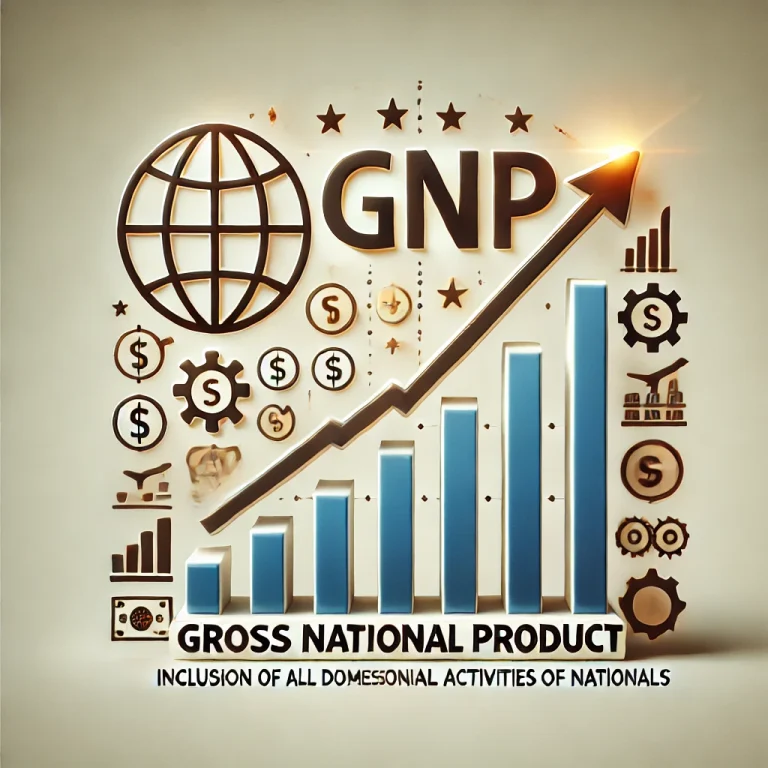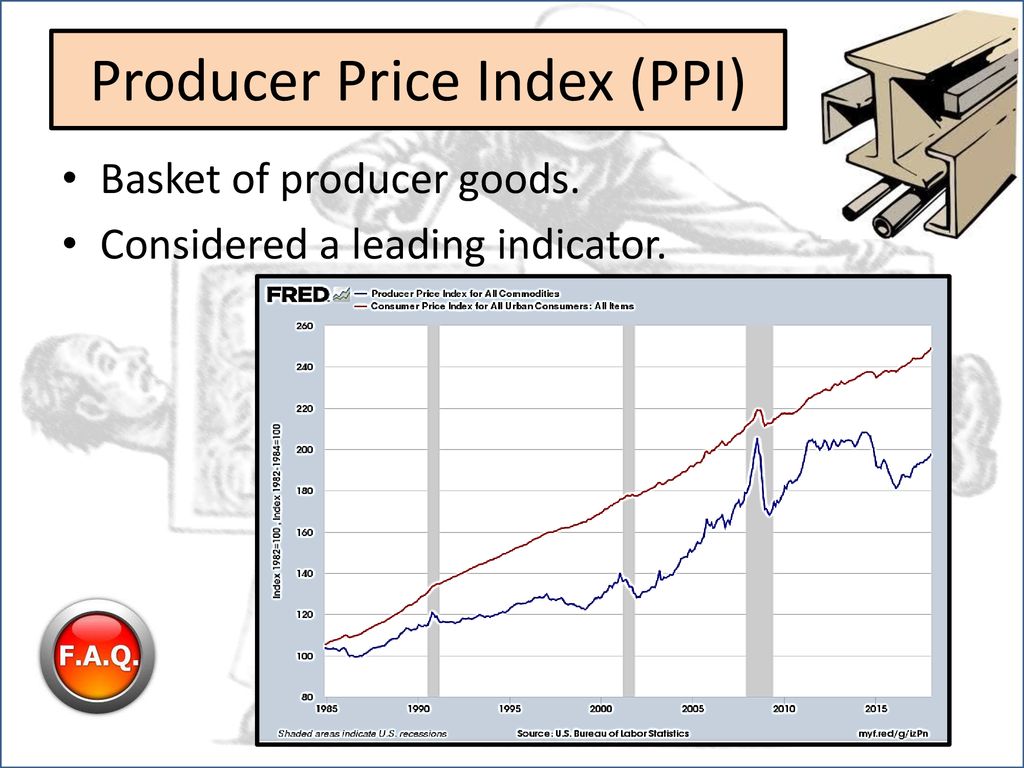
Unpacking GNP: A Beginner’s Guide to Gross National Product and National Output
In the vast world of economics, understanding how a nation’s economy is performing can feel like deciphering a complex code. You often hear terms like "GDP" and "GNP" thrown around, but what do they really mean? While Gross Domestic Product (GDP) often steals the spotlight, its cousin, Gross National Product (GNP), offers a unique and equally crucial perspective on a nation’s economic output.
This comprehensive guide will demystify GNP, breaking down its definition, components, importance, and how it differs from GDP, all in easy-to-understand language. By the end, you’ll have a clear grasp of what GNP tells us about a country’s economic health and global reach.
What is Gross National Product (GNP)? The Core Definition
Let’s start with the basics. Gross National Product (GNP) is an economic indicator that measures the total market value of all final goods and services produced by a nation’s residents—whether those residents are located domestically or abroad—over a specific period, typically a year.
Think of it as a scorecard that reflects the economic activity generated by a country’s citizens and companies, regardless of where they are physically located. The key word here is "national" – it focuses on the nationality of the producers rather than the geographical location of the production.
In simpler terms:
- If a U.S. company, like Apple, manufactures iPhones in China, the profits earned from that production contribute to the United States’ GNP.
- If a Japanese citizen works and earns income in Germany, that income contributes to Japan’s GNP.
GNP provides insight into the economic power and global reach of a country’s businesses and individuals. It helps us understand how much wealth is being generated for a nation’s citizens and firms, regardless of where that generation occurs.
GNP vs. GDP: The Crucial Difference Explained
This is where many people get confused. While both GNP and GDP measure economic output, they do so from different perspectives. Understanding this distinction is vital.
1. Gross Domestic Product (GDP): Focus on Location
- Definition: GDP measures the total monetary value of all final goods and services produced within a country’s geographical borders over a specific period.
- Key Focus: Production that happens inside the country, regardless of who owns the factories or businesses.
- Example: If a German car company, like BMW, produces cars at its factory in South Carolina, that production contributes to the United States’ GDP.
2. Gross National Product (GNP): Focus on Nationality
- Definition: GNP measures the total market value of all final goods and services produced by a nation’s residents (citizens and companies), whether they are producing domestically or abroad.
- Key Focus: Production by nationals, regardless of where it occurs.
- Example: The profits from the BMW factory in South Carolina, once remitted back to Germany, would contribute to Germany’s GNP.
The Relationship: Net Factor Income from Abroad (NFIA)
The difference between GNP and GDP boils down to what’s known as Net Factor Income from Abroad (NFIA).
- NFIA is the difference between:
- Income earned by domestic residents from their overseas investments and labor (e.g., profits from a US company’s factory in Mexico, wages of a US citizen working abroad).
- MINUS
- Income earned by foreign residents from their investments and labor within the domestic economy (e.g., profits from a Japanese company’s factory in the US, wages of a foreign citizen working in the US).
The Formula:
The relationship can be expressed with a simple formula:
GNP = GDP + Net Factor Income from Abroad (NFIA)
- If NFIA is positive (a country’s residents earn more from abroad than foreigners earn domestically), GNP will be higher than GDP.
- If NFIA is negative (foreigners earn more domestically than the country’s residents earn abroad), GNP will be lower than GDP.
Quick Comparison Table:
| Feature | Gross Domestic Product (GDP) | Gross National Product (GNP) |
|---|---|---|
| Focus | Geographic location of production | Nationality/residency of producers |
| What it includes | Goods/services produced within a country’s borders | Goods/services produced by a nation’s residents, anywhere in the world |
| Example | Profits from a Japanese factory in the USA (counts for US GDP) | Profits from a US factory in Japan (counts for US GNP) |
| Key Use | Measures domestic economic activity, production strength | Measures the economic strength of a nation’s citizens/companies globally |
Components of GNP: What Goes Into It?
GNP, like GDP, can be calculated using various approaches, but the most common way to understand its components for beginners is through the expenditure approach, adjusted for international income flows. This approach sums up all spending on final goods and services produced by a nation’s residents, plus the net income from abroad.
Here are the primary components that make up GNP:
-
Consumption (C):
- This is the largest component and represents all spending by households on goods and services.
- Examples: Buying groceries, clothes, cars, paying for haircuts, doctor visits, entertainment, rent.
- It reflects the direct demand for products and services by the population.
-
Gross Private Domestic Investment (I):
- This includes spending by businesses on new capital goods (like machinery, factories, equipment), new housing construction, and changes in business inventories.
- Examples: A company building a new office, a family buying a new home, businesses increasing their stock of unsold goods.
- Investment is crucial for future economic growth and productivity.
-
Government Spending (G):
- This covers all spending by the government (federal, state, and local) on goods and services.
- Examples: Building roads, schools, defense spending, salaries of government employees, purchasing office supplies.
- It does not include transfer payments like social security or unemployment benefits, as these are not for new goods or services.
-
Net Exports (X-M):
- This component represents the difference between a country’s total exports (X) and its total imports (M).
- Exports (X): Goods and services produced domestically and sold to foreign buyers. (e.g., U.S.-made software sold to Germany).
- Imports (M): Goods and services produced abroad and purchased by domestic buyers. (e.g., French wine bought in the U.S.).
- A positive net export figure means a trade surplus, while a negative figure indicates a trade deficit.
-
Net Factor Income from Abroad (NFIA):
- As discussed, this is the crucial element that differentiates GNP from GDP. It adds income earned by a nation’s residents from abroad and subtracts income earned by foreigners domestically.
- Examples: Profits remitted back to the U.S. from a U.S. company’s overseas branch (added), or profits sent from a foreign company’s U.S. branch back to its home country (subtracted).
So, the full GNP formula using the expenditure approach is:
GNP = C + I + G + (X - M) + Net Factor Income from Abroad
Why is GNP Important? The Significance of Measuring National Output
While GDP is often the primary focus for short-term economic analysis, GNP offers unique insights that are vital for a complete understanding of a nation’s economic structure and global standing.
Here’s why GNP is important:
- Reflects the Global Reach of a Nation’s Economy: GNP highlights the economic contributions of a country’s citizens and businesses operating worldwide. For countries with significant overseas investments or a large diaspora earning income abroad, GNP can paint a more accurate picture of their overall economic strength.
- Indicates National Income and Standard of Living: Since GNP focuses on the income generated for a nation’s residents, it can be a better indicator of the average income available to its citizens. A higher GNP per capita (GNP divided by population) often correlates with a higher standard of living, as it suggests more resources are available to the population.
- Informs Policy Making:
- Investment Policies: Governments might use GNP data to assess the profitability of their domestic companies’ foreign operations, influencing policies related to international trade and investment.
- Remittances: For countries heavily reliant on remittances from citizens working abroad, GNP data is crucial for understanding these income flows and their impact on the domestic economy.
- Development Aid: Donor countries might consider the GNP of recipient nations to determine aid eligibility and levels, as it reflects the income generating capacity of the nation’s people.
- Highlights Global Economic Interconnectedness: GNP underscores how deeply integrated national economies are in the global marketplace. It shows how much a country’s economic well-being is tied to the success of its enterprises and individuals operating beyond its borders.
- Historical Context and Long-Term Trends: Historically, GNP was a more widely used metric than GDP. Understanding GNP helps in analyzing historical economic data and long-term trends, especially for countries that had (or continue to have) significant colonial empires or extensive foreign investments.
Limitations and Criticisms of GNP
Despite its usefulness, GNP, like any economic indicator, has its limitations and faces criticism. It’s not a perfect measure of economic well-being or progress.
- Doesn’t Account for Income Distribution: A high GNP doesn’t automatically mean everyone in the country is prosperous. It doesn’t tell us how wealth is distributed among the population. A country could have a high GNP but also significant income inequality.
- Excludes Non-Market Activities: GNP only measures economic activity that involves market transactions. It doesn’t account for valuable contributions like:
- Household work: Cooking, cleaning, childcare performed within homes.
- Volunteer work: Unpaid community service.
- Do-it-yourself (DIY) projects: Home repairs, gardening for personal consumption.
These activities contribute to welfare but are not monetized.
- Ignores Environmental Costs and Resource Depletion: GNP doesn’t factor in the negative externalities of production, such as pollution, deforestation, or the depletion of natural resources. Economic growth as measured by GNP might come at a significant environmental cost.
- Doesn’t Measure Quality of Life or Well-being: While a higher GNP per capita might correlate with a better standard of living, it doesn’t directly measure happiness, health, education levels, leisure time, or social equality. These factors are crucial for true well-being.
- Excludes the Informal (Underground) Economy: Activities in the informal sector (e.g., undeclared labor, illegal trade) are not captured in official GNP statistics, leading to an underestimation of a country’s true economic activity.
- Data Collection Challenges: Accurately tracking all income generated by a nation’s residents worldwide, especially from complex international corporate structures and individual remittances, can be challenging and prone to estimation errors.
- Focus on Output, Not Sustainability: GNP measures the flow of goods and services produced, but it doesn’t indicate whether this production is sustainable in the long run.
GNP in the Modern Economy: The Rise of GNI
While GNP remains a relevant concept, many international organizations, including the World Bank and the United Nations, have largely transitioned to using Gross National Income (GNI) as their preferred metric.
What is GNI?
Conceptually, GNP and GNI are very similar. In fact, for most practical purposes, they are considered almost identical. GNI is defined as the sum of a nation’s GDP and the income it receives from abroad, minus the income it pays to foreigners. This definition aligns perfectly with our formula for GNP: GNP = GDP + Net Factor Income from Abroad.
The shift to GNI largely reflects a change in terminology to emphasize that the measure primarily captures income received by a nation’s residents, rather than just the value of goods and services produced. However, the underlying economic substance measured by both terms is virtually the same.
Conclusion: Understanding the Full Economic Picture
Gross National Product (GNP) is more than just an obscure economic term; it’s a vital indicator that offers a unique lens through which to view a nation’s economic strength and global reach. While GDP tells us what’s happening within a country’s borders, GNP reveals the total income generated by its citizens and companies, no matter where they operate.
By understanding GNP, its components, and its distinctions from GDP, you gain a more complete and nuanced appreciation of how national economies function in an increasingly interconnected world. It helps us see beyond geographical boundaries and recognize the significant economic contributions that flow across borders, shaping the prosperity of nations and their people. While it has limitations, GNP remains a valuable tool for economists, policymakers, and anyone interested in grasping the true scope of a country’s economic influence.




Post Comment